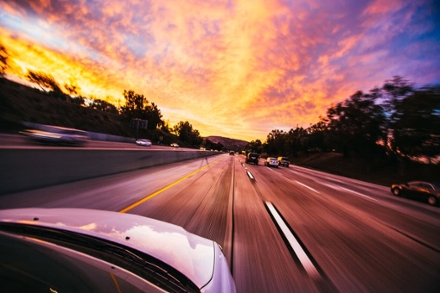Am I the only one worried about driverless cars?
Laws and regulations are usually slow to follow revolutionary technology. Questions about safety and liability have already arisen following the first fatality caused by a driverless car last year. Should the car manufacturers be held accountable, or the software developers? On this new battlefield of man versus machine, we need to look into the technology driving these vehicles and their impact on our daily lives and, more importantly, our safety.
Driverless cars react to data received across a number of sensors in and around the vehicle. They can be sent traffic information, weather reports, mapping details, and of course multiple video feeds of the current road conditions and surroundings. It has been estimated that each driverless car will churn through 4 terabytes of data per day.
The problem arises when one or more of these sensors become compromised through failure, physical damage, or simple signal blockage such as leaves over a lens. The big question then is how can the car react if it has been blinded? Developers of the technology call this redundancy: the vehicle’s performance will not be compromised by the loss of one or two sensors.
Networking between vehicles is also essential to the operation of driverless cars, each one will be constantly sharing data with all of those around it. This will provide feedback for the car to adjust its steering, braking or acceleration in accordance with real-time road conditions.
Pioneers of driverless cars cite stats from the National Highway Traffic Safety Administration claiming that 94% of accidents are caused by human error. This still does not endorse driverless cars, because many argue road conditions have too many variables for the software to evaluate.
The human ability to make a snap decision whether to collide with an object or swerve and possibly cause a worse accident cannot be replicated with software yet. There have been leaps and bounds in artificial intelligence (AI) research and development, but many feel that its still not ready for the open road. Can the software decide whether to hit a cardboard box or a dog? Will it veer off into a barrier or wall or an open field? Certainly, driverless technology should help avoid cars, but other accidents are still prone to happen. All of the variables have yet to be fully tested and it could be some time before AI has advanced to make these decisions.
In the event of an auto accident, a driverless car can record and monitor all conditions leading up to the incident, leaving no question of who was at fault. The onboard computer records, stores and transmits all performance data which can later be used as evidence in the event of an accident. Current car technology is limited to having a dash-cam.
Analysts believe that this advantage could limit the liability of motor manufacturers and software firms. This could further encourage the development of driverless technology. Combined with the recent bill approving the operation of driverless vehicles in Texas, this will mean we could be seeing a lot more of them on our roads soon.
Accidents are not accidents but precise arrivals at the wrong right time – Dejan Stojanovic.
(Suzanne Hite is a former publications editor serving the technology services sector).


